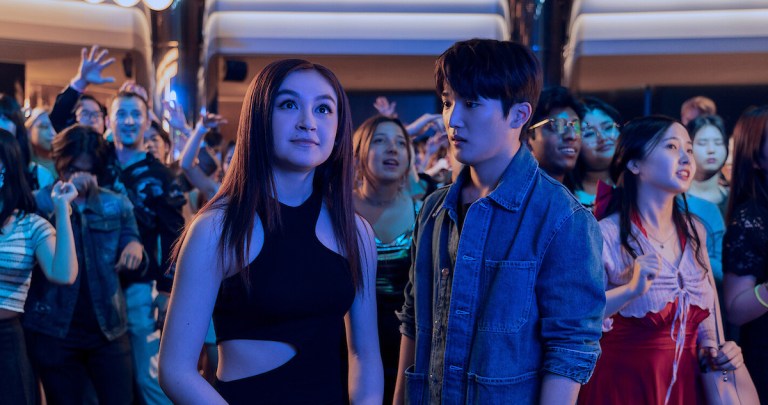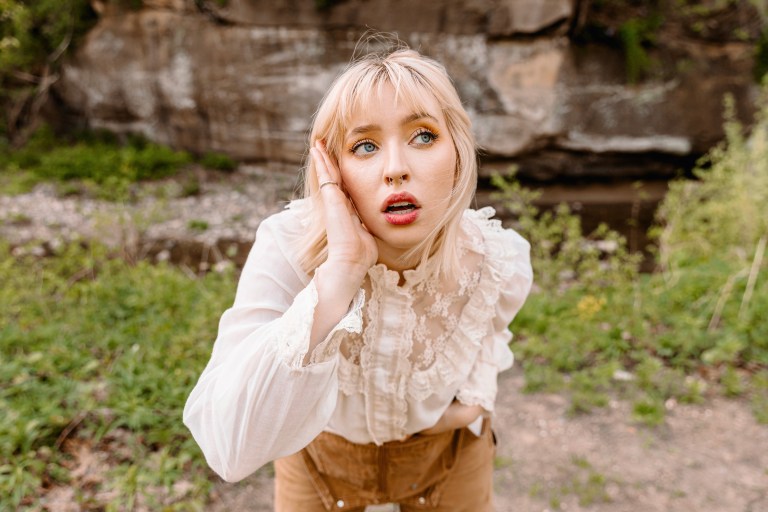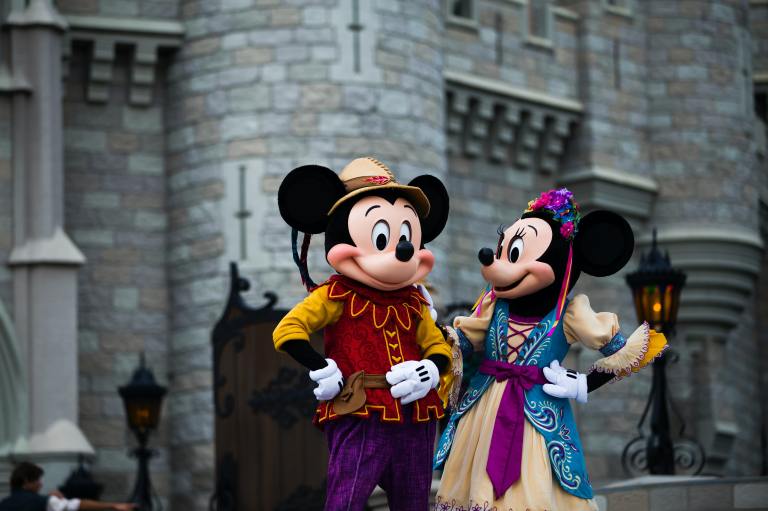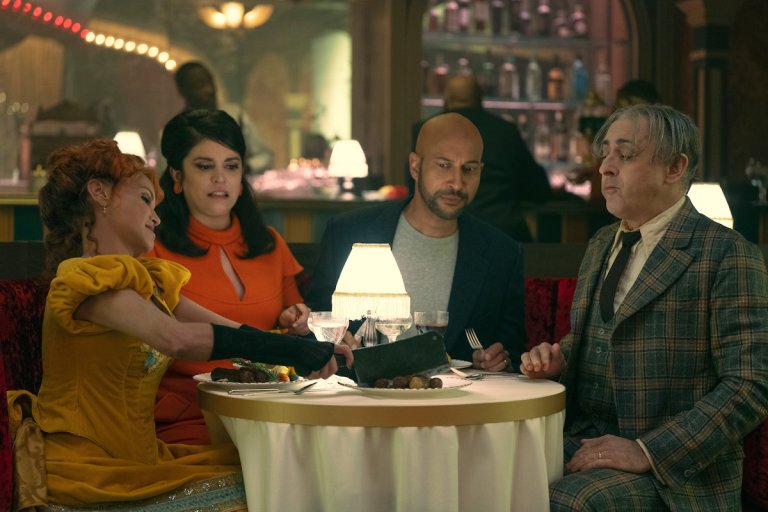Hannah Höch: Picture Book
A synthesis of various media, concepts, and styles, the movement’s visual art and poetry deconstructed the elements of sound, language, form, color, and movement and stitched them back together in new ways to create objects and texts that followed the laws of child’s play—that is, laws by which any meaning is possible and none is…


The Dada movement of the early twentieth century has deep ties to the world of childhood. Its name, though it may have been chosen at random (the leading origin story involves a knife being plunged indiscriminately amid the pages of a French-German dictionary), means “hobbyhorse,” a child’s toy that is an amalgamation of a stick and a horse’s head. Both parts of the toy are rough approximations of the real object—a riding horse—they are meant to represent and this relationship is activated by imagination. The same might be said of the works created under Dada’s banner. A synthesis of various media, concepts, and styles, the movement’s visual art and poetry deconstructed the elements of sound, language, form, color, and movement and stitched them back together in new ways to create objects and texts that followed the laws of child’s play—that is, laws by which any meaning is possible and none is required. This rejection of adult-world conformity in favor of youthful nonsense offered a means of circumventing the strict and serious rules that govern thought, language, and meaning. “I wish to blur the firm boundaries which we self-certain people tend to delineate around all we can achieve,” declared Hannah Höch, the Berlin movement’s only woman artist and an originator of photomontage. Even artmaking itself was decidedly unsophisticated. Tristan Tzara’s “How to Make a Dadaist Poem” (1920)—which includes the directives “Choose from this paper an article the length you want to make your poem. Cut out the article. Next carefully cut out each of the words that make up this article and put them all in a bag. Shake gently.”—resembles the instructions of a child’s rainy-day activity.

In his recent history of children’s literature, Seth Lehrer traces the exuberant absurdity in the work of authors such as Shel Silverstein and Dr. Seuss back, by way of Edward Lear and Lewis Carroll, to the Dadaists and the Russian avant-garde. Yet, unlike their Soviet contemporaries, the Dadaists produced only a small handful of illustrated books explicitly for children. Between 1924 and 1925, artists Kurt Schwitters and Käthe Steinitz collaborated on three experimental children’s books—Hahnepeter (Peter the Rooster), Die Märchen vom Paradies (The Fairy Tales of Paradise), and Die Scheuche (The Scarecrow)—all of which depended heavily on typographic design, particularly the last, which, with the aid of De Stijl founder Theo van Doesburg, transformed its characters into typographic forms. (Schwitters also authored a number of other fairy tales, which were collected and published last year as Lucky Hans and Other Merz Fairy Tales.)
One other illustrated children’s book that came out of the Dada group wasn’t actually created until after World War II. Höch put together her Bilderbuch, or picture book, a photomontaged zoological garden accompanied by a series of sly, silly poems, in 1945. Unfortunately, Bilderbuch wouldn’t be published in its entirety until 1985, six years after Höch’s death, and then only in a limited edition of 200. Now, Berlin publishing house the Green Box has rescued this unique volume from out-of-print obscurity with a lovely facsimile edition that reproduces the poems in English translation (courtesy of Berlin-based scholar Brian Currid).
Picture Book contains nineteen horizontal spreads, each of which features one poem and a corresponding collage. The photographs from which Höch, Dr. Frankenstein–like, sourced her image-parts are mostly in black and white. But in each composition, she added brightly colored paper fibers, whose airy strands resemble feathers—appropriate not only for the many birds that populate the book, but also for the extraterrestrial flora and fauna that exist alongside them and Höch’s other chimeric creatures, who are festooned with tinted tufts. The picture illustrating the poem “Gentlebread” is almost Disney-worthy: its rainbow-hued palette enfolds a deer-like creature, delicate head bowed, who is attended by a coterie of winged friends.
The hybrid animals are every bit the hobbyhorse—syntheses of diverse objects that, united as a single image, receive new life in the reader’s imagination. In one case, Höch uses only slightly trimmed photographs of Komondor dogs, whose long coats resemble the white, twisted cords of a mop. Their appellation, Longfringes, mimics their alien, ropy appearance, but in the context of the book, the animals become something else altogether. The transformation is aided by Höch’s brief nursery rhymes; some offer light morals, others are gently subversive, but all elicit a delightful naivete.
Unsatisfeedle
Flailing his arms about, quite a sight,
He had wanted the black dress
But God gave him the white.
So with his sourpuss
he lives out his life.He nurtures the eccentricity
it’s the wrong one — explicitly.

Words and images are everywhere joined in tomfoolery. Most of the poems’ characters have collaged names: Unsatisfeedle, the Runfast (and her 1,000 runfastlets), Shellkeglet, the Brushflurlet, the Snipplensnapplewings. In “Meyer I,” Höch tweaks rumor and aquarium so that they rhyme; the resulting rumourium and aquorium share consonants and vowels, each becoming a hybrid of the other. The image on the facing page likewise adopts a quirky syntactic fusion, in which something is not quite right: Roughly half of a cat’s face, open-mouthed, is cut to look like an angel fish, swimming among jade-green plant life on his way, the poem announces, “to the office.” The story of the Tailchamois begets a kind of nonsense: “With their long tails / they sweep away the snow and rime / while on their mountain climbs. / For they want the winter / to toddle off a sprinter.”
Of his fellow Dadaists, Hans Arp once asserted, “We do not wish to imitate nature, we do not wish to reproduce. We want to produce. We want to produce the way a plant produces its fruit, not depict. We want to produce directly, not indirectly.” None of Höch’s creatures can be said to follow the dictates of nature, though sometimes they beget a world that appears to be a topsy-turvy version of our own. In the image accompaniment to “The Runfast,” the titular creature, an insect with a human eye and blue-purple tufts of fur, skitters under what look like a group of flowers with starburst-shaped blooms but are in fact the trunks and shadows of palm trees turned upside down. The irrationality in Picture Book isn’t the chaotic, anarchist brand that defines much Dada art, but rather an innocent version, eschewing machine aesthetics for an organic sort. Höch’s children’s book also doesn’t offend the sensibilities, a primary aim of the movement, but it does unleash them—and perhaps that is the more radical of the two. ![]()



